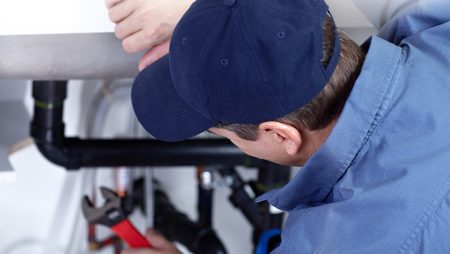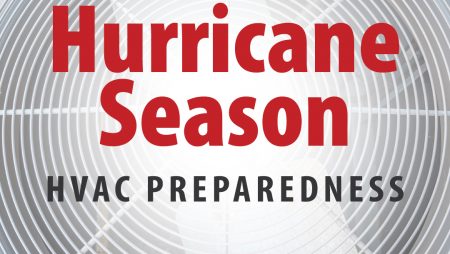Most homes in warm climates have air conditioning. For some, air conditioning may be a luxury, but for many — especially here in Southwest Florida — it is a necessity. Given the expense of the equipment and the power it takes to run it, Avis Plumbing and Air Conditioning wants our customers to be as informed as possible about their air conditioning systems. The information below will make you more aware of how your air conditioning system works and be better able to care for it and use it well. Should it become necessary to replace or repair your system, give Avis Plumbing & Air Conditioning a call immediately — these systems are complicated and air conditioner repair is best left to a professional.
What, Exactly, Is “Air Conditioning”?
The first functional definition of air-conditioning was created in 1908 and is credited to G. B. Wilson. It is the definition that Willis Carrier, the “father of air conditioning” subscribed to:
- Maintain suitable humidity in all parts of a building
- Supply a constant and adequate supply of ventilation
- Efficiently remove microorganisms, dust, soot, and other foreign bodies from the air
- Efficiently cool the air during warmer seasons
- Heat (or help heat) the air in colder seasons
- An apparatus that is not cost-prohibitive in purchase or maintenance
How Do Air Conditioners Work?
The primary job of your home air conditioner is to move heat from the inside of your home to the outside, and it accomplishes this by blowing the air over a set of cold pipes called an evaporator coil. This works just like the cooling that happens when water evaporates from your skin — the water evaporates and takes the heat with it. The evaporator coil is filled with a special liquid called a refrigerant, which changes from a liquid to a gas as it absorbs heat from the air. The refrigerant is then pumped outside the house to another coil where it gives up its heat and changes back into a liquid — this is how the heat gets “transferred” out of your home. This outside coil is called the condenser because the refrigerant is condensing from a gas back to a fluid (just like moisture does on a cold window). A pump, called a compressor, is used to move the refrigerant between the two coils and to change the pressure of the refrigerant so that all the refrigerant evaporates or condenses in the correct coils.
The “cost” of doing this work comes in the form of the energy (electricity) used to run the compressor. The entire system will normally give about three times the cooling energy that the compressor uses, and this is because the changing of refrigerant from a liquid to a gas and back again lets the system move much more “heat energy” than the compressor only uses.
So What Is a ‘Ton’ Of Cooling, Anyways?
Before refrigeration and air conditioning was invented, cooling was done by using big blocks of ice. When cooling machines started to get used, they rated their capacity by the equivalent amount of ice melted in a day, which is where the term “ton” came from.
A ton of cooling is now defined as delivering 12,000 BTU/hour of cooling. BTU is short for British Thermal Unit (and, oddly enough, is a unit that the British do not actually use). The BTU is a unit of heating – or in this case, cooling – energy.
In Part 2 of this series, we will look at a few common problems that might occur with your air conditioning system. If you have any questions or feel that your AC unit needs some air conditioning service in Cape Coral, don’t hesitate to call Avis Plumbing & Air Conditioning.







One Response Comment
Heyy very nice blog!